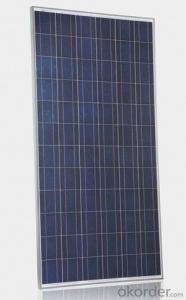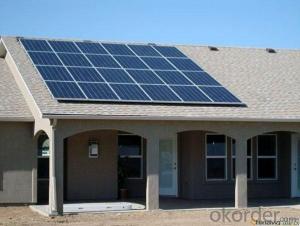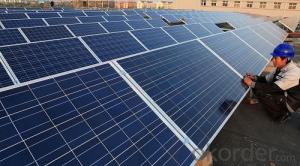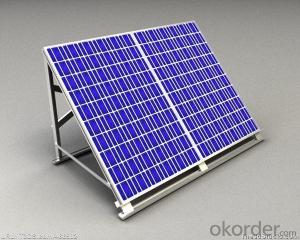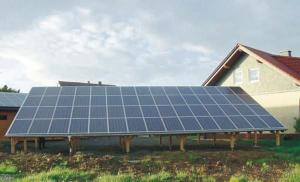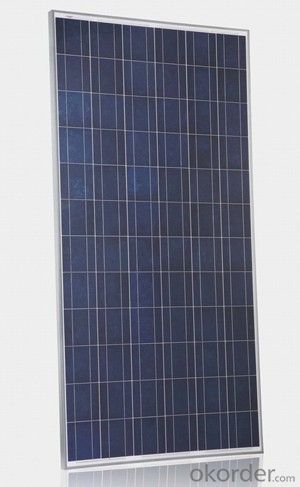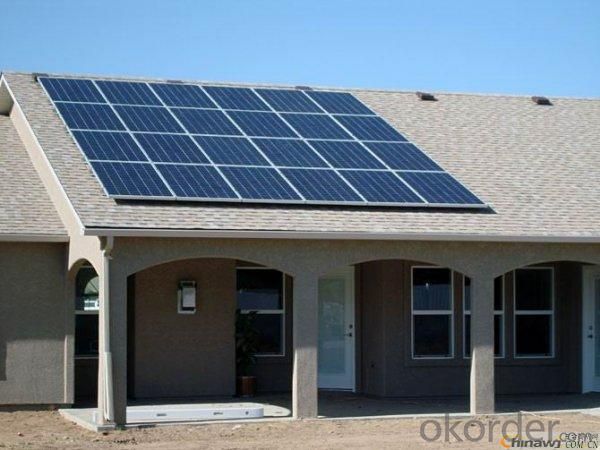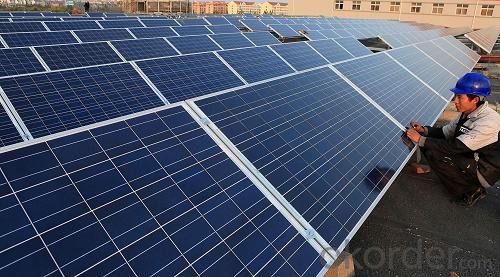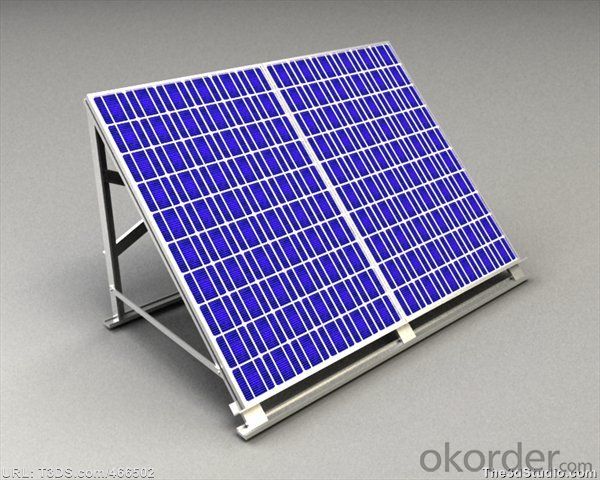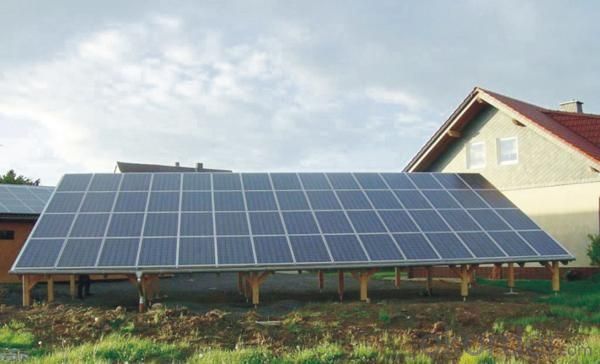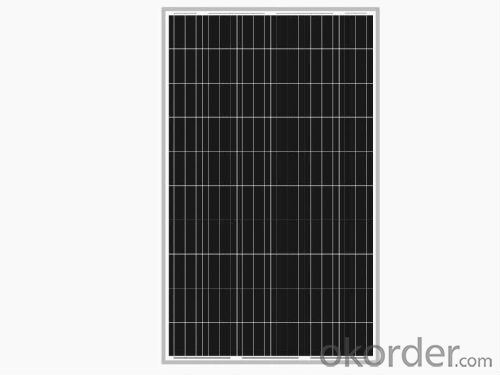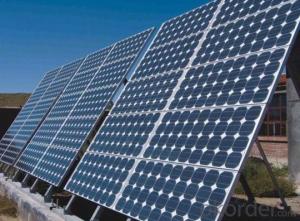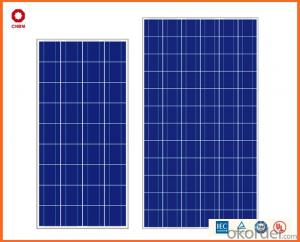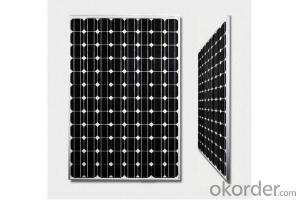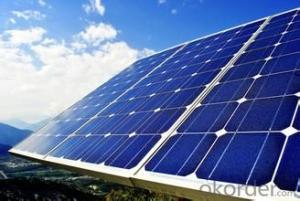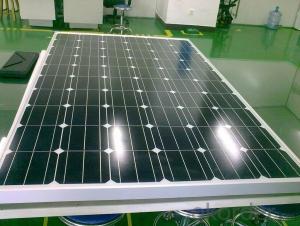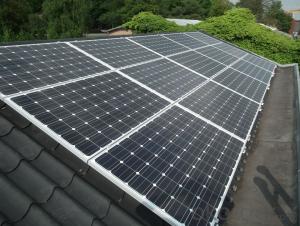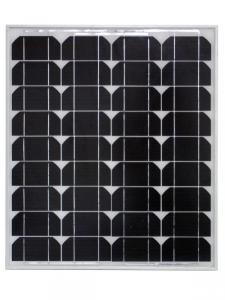Window Solar Panels for Apartments - 250W Poly Solar Panel for Home Use with CE, TUV, UL, MCS Certificates
- Loading Port:
- China Main Port
- Payment Terms:
- TT or LC
- Min Order Qty:
- -
- Supply Capability:
- 10000000 watt/month
OKorder Service Pledge
OKorder Financial Service
You Might Also Like
1.Structure of Solar Module Description
CNBM Solar's photovoltaic module is designed for designed for large electrical power requirement. It is the optimal choice for both on-grid and off-grid power systems. CNBM Solar offers high performance of power per square foot of solar array.
2.Main Features of the Solar Module
Quick Details
| Place of Origin: | Jiangsu China (Mainland) | Brand Name: | CNBM solar | Model Number: | 250w poly solar panels |
| Material: | Monocrystalline Silicon | Size: | 1580x808x35mm | Number of Cells: | 6x12 cells |
| Max. Power: | 200w | Certificate:: | ISO9001/14001,CE/TUV/UL | Color: | Can be black or white |
| Grade: | A grade cells | OEM Order:: | Acceptable | Junction BOX:: | lP65 Ralated/Past the TUV |
Packaging & Delivery
| Packaging Detail: | Pallets |
| Delivery Detail: | 10 days |
3.Solar Module Images
4.Solar Module Specification
Specifications
A cells solar panels:
1.6 years Manufacturer
2.High Efficiency solar Cell
3.25 years Warranty
4.ISO9001/ISO14001/TUV/UL/CE
Quality and Safety:
Rigorous quality control meeting the highest international standards
High-transmissivity low-iron tempered glass, strong aluminium frame
Using UV-resistant silicon
ISO 9001:2008 and ISO 14001:2004
IEC61215, IEC61730, Safety Class Inconformity to CE
Features:
Aesthetic appearance with excellent efficiency based on innovative
photovoltaic technologies
Strong frame, passing mechanical load test of 5400Pa, instead of the normal
2400Pa,to withstand heavier snow load and higher wind-pressure
Warranties:
10 years limited product warranty
15 years at 90% of the minimal rated power output
25 years at 80% of the minimal rated power output
Specificate sheet:
ITEM NO.: | Mono 125*125 cell ,72pcs . Power range from 170Wp-210Wp | ||||||||
Maximum Power(W) | 170 | 175 | 180 | 185 | 190 | 195 | 200 | 205 | 210 |
Optimum Power Voltage(Vmp) | 35.2 | 35.3 | 35.4 | 35.8 | 36.5 | 37.0 | 37.6 | 37.9 | 38.0 |
Optimum Operatige Current(Imp) | 4.83 | 4.96 | 5.09 | 5.17 | 5.21 | 5.28 | 5.32 | 5.41 | 5.53 |
Open Circuit Voltage(Voc) | 44.4 | 44.5 | 44.6 | 44.8 | 45.0 | 45.1 | 45.3 | 45.5 | 45.8 |
Short Circuit Current(Isc) | 5.29 | 5.34 | 5.40 | 5.48 | 5.56 | 5.63 | 5.72 | 5.79 | 5.83 |
Solar Cell: | 125*125 Mono | ||||||||
Number of Cell(pcs) | 6*12 | ||||||||
Brand Name of Solar Cells | JA Cell, | ||||||||
Size of Module(mm) | 1580*808*35 | ||||||||
Cable & Connector Type | Pass the TUV Certificate | ||||||||
Frame(Material Corners,etc.) | Aluminium-alloy | ||||||||
Backsheet | TPT | ||||||||
Cell Efficiency (%) | 16.8% | ||||||||
Weight Per Piece(KG) | 15.0KG | ||||||||
FF (%) | 70-76% | ||||||||
Junction Box Type | Pass the TUV Certificate | ||||||||
Tolerance Wattage(e.g.+/-5%) | ±3%, or 0-3% | ||||||||
Front Glass Thinkness(mm) | 3.2 | ||||||||
Temperature Coefficients of Isc(%) | +0.04 | ||||||||
Temperature Coefficients of Voc(%) | -0.38 | ||||||||
Temperature Coefficients of Pm(%) | -0.47 | ||||||||
Temperature Coefficients of Im(%) | +0.04 | ||||||||
Temperature Coefficients of Vm(%) | -0.38 | ||||||||
Temperature Range | -40°C to +85°C | ||||||||
Surface Maximum Load Capacity | 2400Pa | ||||||||
Allowable Hail Load | 23m/s ,7.53g | ||||||||
Bypass Diode Rating(A) | 12 | ||||||||
Warranty | 100% of 10 years,80% of 25 years. | ||||||||
Standard Test Conditions | AM1.5 , 1000W/m² , 25 +/-2°C | ||||||||
Packing | carton or pallet | ||||||||
1*20' | 12Pallets / 320pcs | ||||||||
1*40'STD | 25 Pallets / 700pcs | ||||||||
Modules Characteristics:
A.High effciency crystalline silicon solar cells.
B.High transmission low iron tempered glass,strong mechanical resistance.
C.Standard waterproof junction box,with bypass diode and MC4 connectors.
D.High endurance to different atrocious weather,warranty reach 30 years above.
E.Custom designed modules according to clients' requirement,we can supply various OEM service.
F.Hold TUV and IEC,CE,ISO approval, can supply various OEM service.
PERFORMANCE:
>> High efficiency,Crystalline solar cells with high transmission and textured glass delivering a module series efficiency of up to 17.4%, minimising
installation costs and maximising the kWh outputof your system per unit area.
>> Power tolerance of +/-3% minimising PV system mismatch losses.
QUALITY & RELIABILITY
>> Robust, corrosion resistant aluminium frame independently tested to withstand wind load of 2.4KPa and snow loads of 5.4KPa ensuring a stable
mechanical life for your modules.
>> Take confidence in our modules with a 5 years limited product warranty and a 25 year limited power warranty as international standard.
>> Modules protected by box during transportation and with 21 modules in a box on-site waste is minimised.
>> Modules independently tested to ensure conformance with certification and regulatory standards.
>> Manufacturing facility certified to ISO 9001 Quality Management System standards.
5.FAQ of Solar Module
1. Q: Do you have your own factory?
A: Yes, we have. Our factory located in Jiangyin city, jiangsu province.
2. Q: How can I visit your factory?
A: Before you take off from your country, please let us know. We will show you the way,or arrange time to pick you up if possible.
3. Q: Could you print our company LOGO on the nameplate and package?
A: Yes, we can do that.
4. Q: Do you accept custom design on size?
A: Yes, if the size is reasonable.
- Q: Do solar panels float?
- The ones in my neighborhood installed on telephone poles last year all have bird poop all over them and aren't generating any electricity. They can't even generate enough energy to pay for their construction, installation, and ultimately the work required to take them down and destroy them. Talk about a business case that has nothing but negative return on tax payer investment, all to further the lib agenda. All cost, 0 benefit. Classic lib business thought.
- Q: What does it take to install the solar panel? Cable wires to power source or fuse box? Anything else?How does the cable wires stay on the solar panel?
- How does the cable wires stay on the solar panel? With wire retention clips (4 per module) that are used to wrap the wire on the underside of the module frame. The home run cables to the transition box (converts between types of wire with no electrical transformation occuring) or combiner box (joins multiple source circuits in parallel, with the positives fused for safety) are usually tied along the racking system components, and with conduit sections used as needed. Racking is another big part of the installation. Don't just make your own homemade wooden rack, as these will weather away to nothing very easily, and cause great failures. GET a professionally designed metal racking system. PV modules are EXPENSIVE. Don't let the racking system cause them to break. It also requires the inverter, if you intend it to connect to the main electric service. If using multiple inverters, you need an AC combining panelboard to join them prior to entering the main electric service. Otherwise, you need to think about how else you might be using them. If you are charging batteries, you need a charge controller.
- Q: My project needs to build a thermal solar panel that would be used as a demonstrational rig. The dimensions i am allowed do not allow me to use a normal thermal solar panel so i have decided to use the heat exchanger from the back of a fridge. Although this is possible to use what equation would i use to prove the power of the sun would actually heat up the water. More importantly when the rig is demonstrated to students, they will need to be able to determine if the raise in temperature given by the thermometers is what should be given. Variables of the rig will include: Angle of the panel, Light intensity, Direction of panel, and more importantly the flow rate of the water travelling through the pipes. What equation includes those variables (change in temperature, flow rate) and would allow me to incorporate the angle of the panel. The light source would be a lamp so i would also need to know how much of the energy from the lamp is actually being used by the panel?
- solar panels don't store energy, they only generate it. If you want to store energy you need a battery bank of some kind to get you through the night and anytime the sun isn't shining. If you have a little extra in the budget you might look at a geothermal system for your home's heating and cooling needs. They're highly efficient systems and you can supplement however you like. Whatever you do, though I hope you have a good building envelope in place already. Solar panels are cool, but if you have a leaky house, you're still not getting the best out of your panels. Do the more mundane stuff first. Insulation, windows, and weather-tight doors.
- Q: Can solar panels be installed in areas with high pollution levels?
- Yes, solar panels can be installed in areas with high pollution levels. While pollution can potentially reduce the efficiency of solar panels, they can still generate electricity even in polluted areas. Regular cleaning and maintenance of the panels can help mitigate the impact of pollution and ensure optimal performance. Additionally, installing solar panels can contribute to reducing pollution by promoting the use of clean and renewable energy sources.
- Q: Do solar panels require regular inspections?
- Yes, solar panels do require regular inspections to ensure their optimal performance and detect any potential issues or damage that may affect their efficiency.
- Q: This is for my science project and i cannot figure it outWe assumed that blue light shining on a solar panel would give off the higher volt reading because it has the shortest wavelength and the highest energy, but it was actually the lowest. Why does this happen? Im very confused And cant find the answer anywhere.... ,thank you!!
- Surely the highest volt reading will result from the wave with the largest amplitude, wavelength irrespective? You'd need to know the amplitude of the wave AFTER leaving the colour filter, since different chemicals and pigments in the filter would naturally affect the resulting wave in different ways.
- Q: How efficient are solar panels when it comes to turning light into energy? If it's not 00%, why? Can it be improved? Also, how do solar panels work, exactly.
- SUNLIGHT okorder /
- Q: Do solar panels require a specific type of inverter for converting DC to AC power?
- Yes, solar panels require a specific type of inverter known as a solar inverter to convert the direct current (DC) power produced by the panels into alternating current (AC) power that can be used in households or fed into the electric grid.
- Q: Can solar panels be installed on train stations?
- Yes, solar panels can be installed on train stations. In fact, many train stations around the world are adopting solar energy systems to power their operations and reduce their carbon footprint. Solar panels are installed on the roofs or canopies of train stations to harness sunlight and generate electricity, which can be used for lighting, heating, cooling, and other station facilities. This renewable energy source makes train stations more sustainable and helps in the transition towards a greener transportation system.
- Q: I'm thinking of doing solar panel but i don't know how much they are i need help! please!
- no one has answered because you asked a question that cannot be answered. It is exactly the same question as how much is a car?. Do you want a passive solar heating panel, a solar electric panel, .5 Volts, ,000,000 BTUs, do you want just the panel or the panel installed and functioning, or what? the answer is between $5 and $5,000,000.
Send your message to us
Window Solar Panels for Apartments - 250W Poly Solar Panel for Home Use with CE, TUV, UL, MCS Certificates
- Loading Port:
- China Main Port
- Payment Terms:
- TT or LC
- Min Order Qty:
- -
- Supply Capability:
- 10000000 watt/month
OKorder Service Pledge
OKorder Financial Service
Similar products
Hot products
Hot Searches
Related keywords
